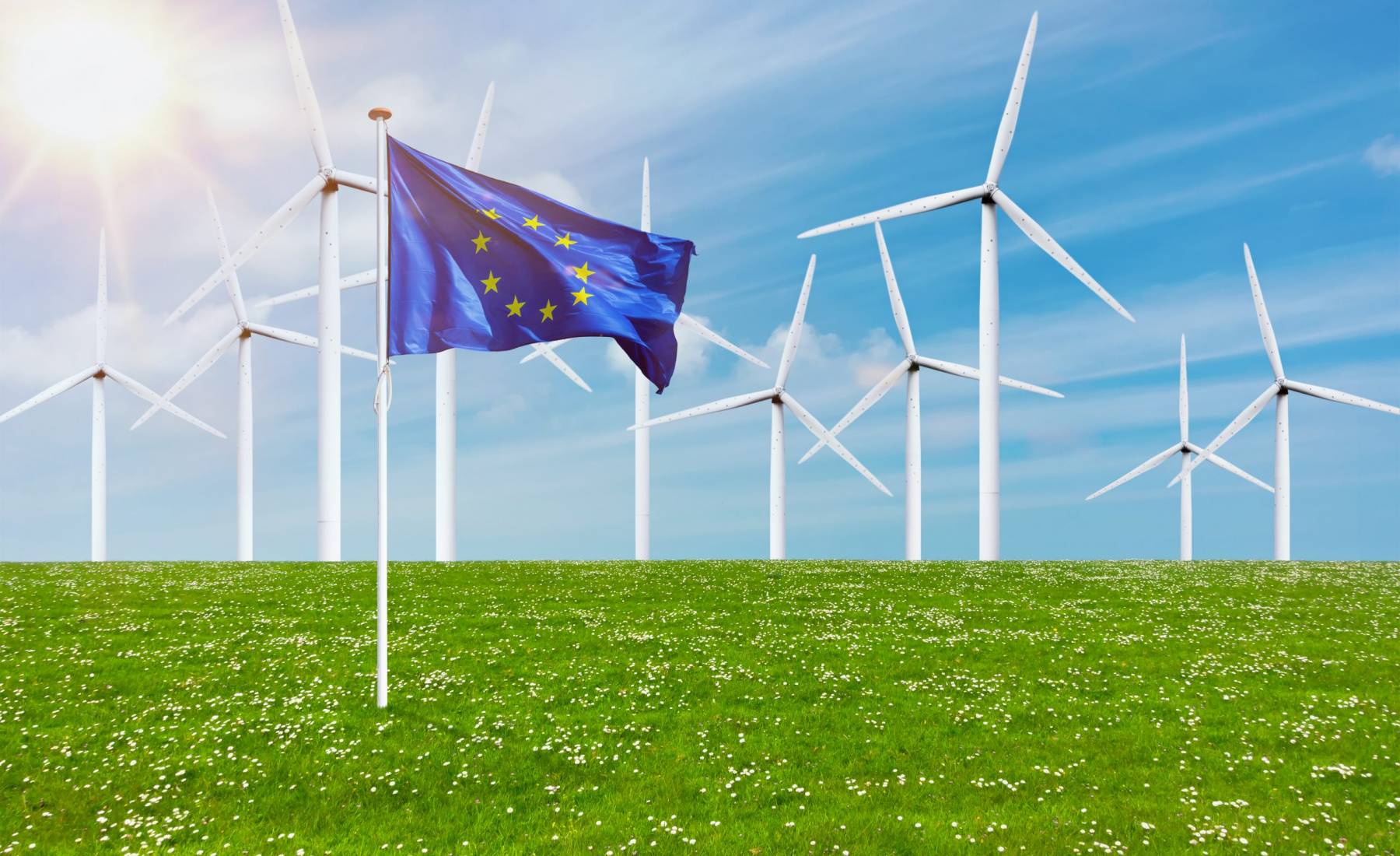
Initiate the European transformation for green hydrogen with quotas
On October 18, 2023, the EU decided on the Renewable Energy Directive 3 (RED III), a framework for expanding and using renewable energies in all sectors. In addition to the goals for the expansion of renewable energies and renewable heat, the document also contains, among other things, uniform definitions and calculation methods for different renewable energies and measures to accelerate approval procedures. While the core goal is the rapid market uptake of renewable energies in all sectors, there are also limited interventions in biomass.
RED III also sets essential cornerstones for the ramp-up of renewable hydrogen. This includes, among other things, the basis for EU-wide trade in hydrogen via a proof of origin system. In addition, energy storage is classified as being of “overriding public interest” and can therefore be approved more quickly. RED III also announces that the EU Commission will review the agreed definition of green hydrogen in 2028 to enable a rapid ramp-up of green hydrogen.
Binding targets for individual sectors, which are intended to provide orientation and planning security for all actors along the value chain, are crucial for the ramp-up:
- The industry should cover its hydrogen needs by 42% green hydrogen and its derivative products by 2030 at the latest and 60% by 2035. As a result, green hydrogen will replace grey hydrogen based on fossil fuels and reduce carbon emissions.
- At least 29% renewable energy should be used in the transport sector by 2030. A sub-quota of at least 1% applies to green hydrogen and its derivative products.
- Ships should use at least 1.2% green hydrogen or derivative products in 2030.
- The use of hydrogen in backup power plants is explicitly welcomed.
RED III creates demand for at least 30 TWh of green hydrogen in Germany in 2030. This will support the implementation of the German National Hydrogen Strategy that targets 95 to 130 TWh hydrogen in 2030 (including blue hydrogen).
It is now up to the German federal government to translate the binding framework of RED III into national laws that enable investment decisions for the required and necessary ramp-up of green hydrogen. One approach is a GHG reduction quota mechanism, which has been used in the transport sector. With a mandatory, ever-increasing quota, users are obliged to reduce CO2 emissions and switch to renewable energies gradually. The users themselves bear the costs without any burden for the taxpayers. Such a mechanism ensures the green hydrogen ramp-up. It also leads to FIDs (final investment decisions i.e., binding investment decisions) being made quickly for H2 projects along the entire value chain – from renewable energies to H2 use.
STOFF2 can benefit from the national implementation of RED III like no other actor. Our “Zinc-Zwischenschritt Electrolyzer” with integrated storage function allows us to use green electricity when available and cheap and simultaneously provide green hydrogen to the gas network or directly to the H2 customer as required.

